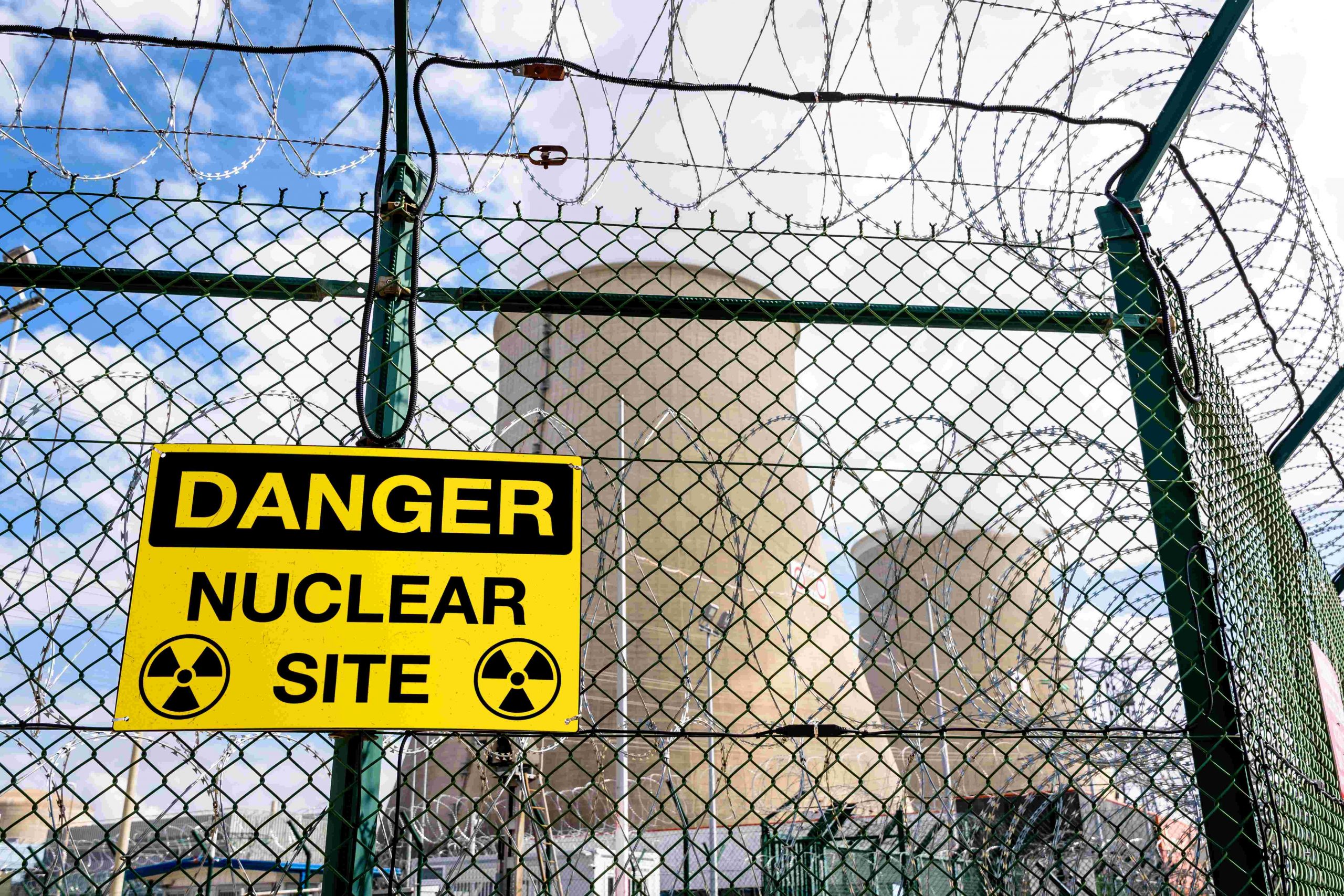Safety concerns are escalating at Europe’s most dangerous nuclear processing plant. The Sellafield nuclear facility, is experiencing a worsening leak from a massive silo containing radioactive waste that could endanger public health.
This revelation, highlights worries about safety in the deteriorating building. Cracks in a tank of toxic sludge known as B30 have sparked diplomatic tensions with countries such as the US, Norway, and Ireland.
The leak of radioactive fluid from one of the “highest nuclear risks in the UK” could persist until 2050, as reported by the British Guardian. This could have “potentially significant consequences,” posing a threat of contaminating groundwater, according to an official document. Cracks have also appeared in the concrete and asphalt covering the enormous tank, which houses decades-old nuclear sludge—just one of many safety problems at this nuclear facility.
These concerns emerged from the “Nuclear Leaks” investigation by The Guardian, a year-long inquiry into cyber hacking, radiation contamination, and a toxic work culture at this vast nuclear landfill.
The British newspaper reported instances of Sellafield being breached by hackers closely associated with Russia and China. These incidents, have systematically been covered up by the station’s management.
An internal document sent to Sellafield’s board members in November 2022, seen by The Guardian, raised major concerns about safety degradation across the site, warning about the “cumulative risk” from failures concerning nuclear safety, asbestos levels, and fire hazards.
A scientist advising the UK government on radiation health effects stated to The Guardian that the risks posed by the leakage and other chemical leaks at Sellafield are “steadily being swept under the rug.”
A 2001 EU report cautioned that an accident at Sellafield could be worse than Chernobyl, the site of the 1986 disaster in Ukraine that exposed five million Europeans to radiation.
Dramatic Warning of Leakage at Europe’s Most Dangerous Nuclear Plant
Safety concerns are escalating at Europe's most dangerous nuclear processing plant

Safety concerns are escalating at Europe's most dangerous nuclear processing plant
Follow tovima.com on Google News to keep up with the latest stories


